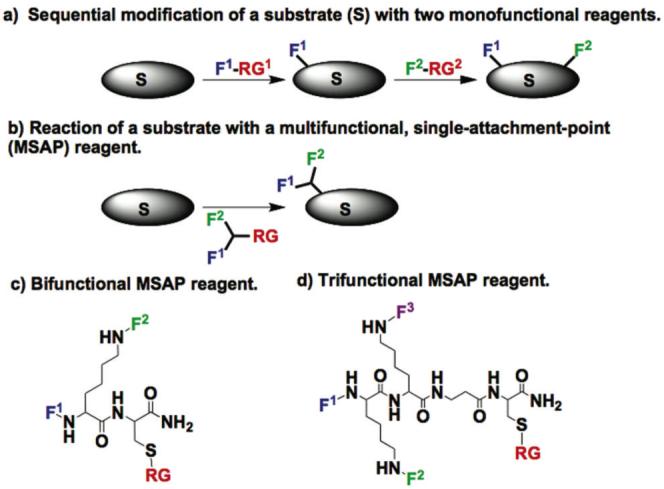Fig. 1. Strategies to obtain multifunctional probes and the design of multifunctional single-attachment-point reagents (MSAPs).

a) A multifunctional probe can be obtained when a substrate is reacted with two chemically reactive functional groups in sequence. F1=Functional group 1; RG1= reactive group 1. b) A substrate can be reacted with an MSAP reagent to obtain a multifunctional probe in single step. c) A bifunctional MSAP scaffold consists of a Lys-Cys dipeptide to which two functional groups (F1 and F2) are attached. d) A trifunctional MSAP scaffold consists of a Lys-Lys-βAla-Cys tetrapeptide to which three functional groups (F1, F2 and F3) are attached. A “probe” consists of a “substrate” modified by one or more “functional groups”.
